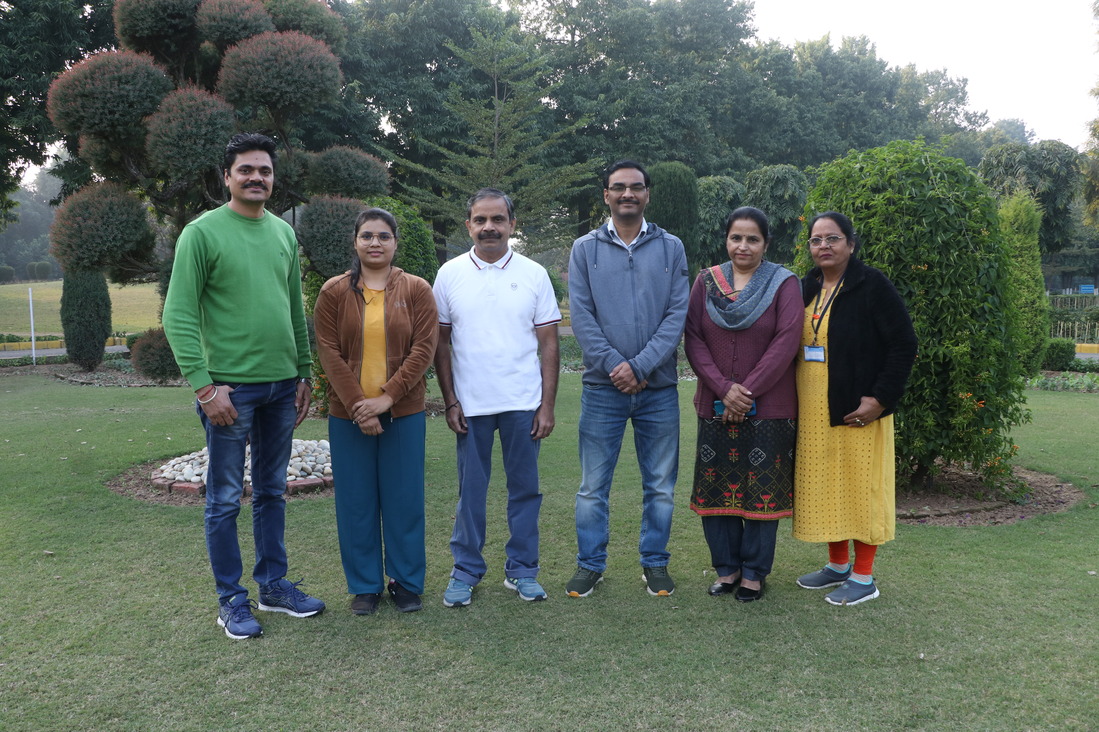
Dr. S. Kumaran
Chief Scientist
Long-term objective of our research interest is to uncover latent regulatory mechanisms of molecular recognition by enzymes and transcription factors and build the conceptual frame work for studying such phenomena in other systems. We use multi-enzyme and protein-complexes as our experimental systems. We have recently discovered a novel "competitive-allostery" mechanism by which a low affinity-ligand can facilitate the dissociation of high-affinity antagonist. We also design "enzyme-transcripton" complexes with catalytic as well as promoter binding properties and study regulatory link between metabolism and transcription.
- Kaushik A, Ekka M. K, Kumaran S (2017) Two distinct states of cysteine regulatory complex of Salmonella typhimurium are regulated by enzyme-substrate cognate pairs. Biochemistry, 56, 2385-2399.
- Singh AK, Manjasetty B, Balasubramani GL, Koul S, Kaushik A, Ekka M, Singh V, and Kumaran S (2015) Crystal structure of Fad35R from Mycobacterium tuberculosis H37Ra in Appo-state. PLoS One, 10, e0124333.
- Singh AK, Singh M, Pandya VK, Balasubramani GL, Ekka M, Mittal M, Kumaran S (2014) Molecular basis of peptide recognition in metallopeptidase Dug1p from Sacchromyces cerevisiae, Biochemistry. 53, 7850-7883.
- Singh V, Krishna MK, aKumaran S (2012) Second monomer binding is the rate limiting step in the formation of functional PhoP-DNA dimmer, Biochemistry, 51, 1346-1356.
- Pandya VK, Ekka MK, Dutta RK, Kumaran S (2011). Mass Spectrometry Assay for Studying Kinetic Properties of Di-peptidases; Characterization of Human and Yeast Di-peptidases. Analytical Biochemistry, 418, 134-142.
Last Modified Date:- 30-07-2025

